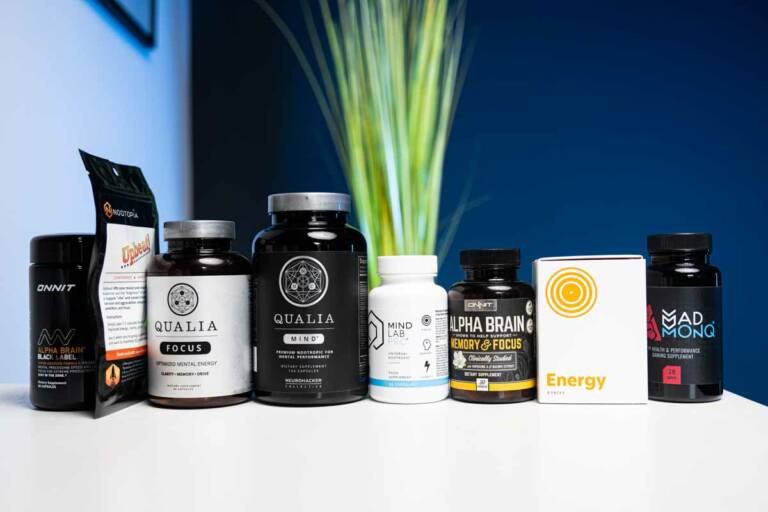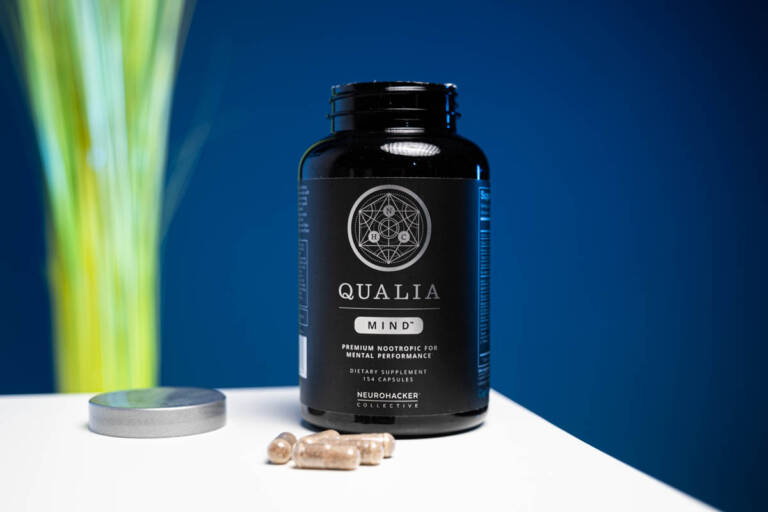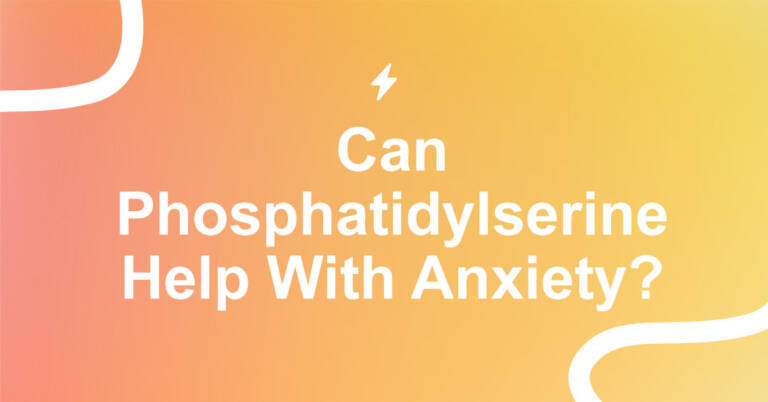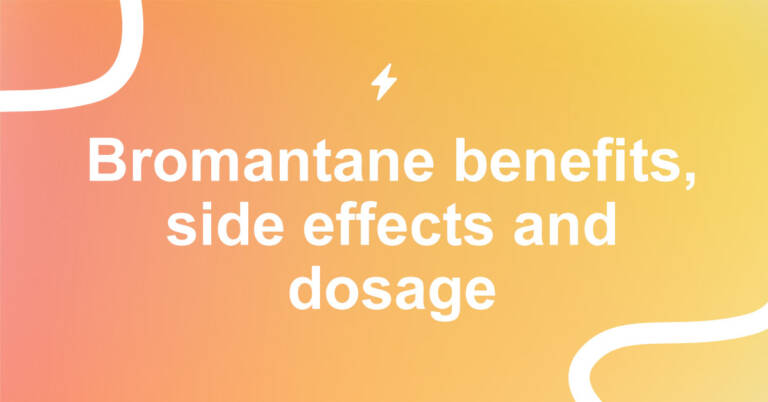Phenylpiracetam is a racetam drug derived from the original nootropic piracetam. Studies show that phenylpiracetam is a potent nootropic and the most effective racetam, but is it safe for supplementing? Is it effective in healthy individuals? And how should you supplement it for the best results? Read my complete phenylpiracetam review.
Phenylpiracetam Review
Phenylpiracetam (also called Phenotropil) is a compound structurally very similar to piracetam. By definition, it is a piracetam with an added phenyl group, which makes it fat-soluble and can easily cross the blood-brain barrier. Hence, phenylpiracetam is believed to be 30-60 times more potent than original piracetam. [*]
Early studies show that phenylpiracetam is the strongest nootropic from the racetam family, more neuroprotective than piracetam, and even possesses psychostimulatory properties. [*]
You can currently find over 14 studies showing the positive effects of phenylpiracetam on attenuating the rate of cognitive decline. Studies also show potential effects on cognition, reduced anxiety, and depression. [*]
Phenylpiracetam is a nootropic drug currently sold in Russia as a prescription-only drug, whereas it is uncontrolled and unscheduled in the US. Currently, the FDA does not approve phenylpiracetam, but it is legal for sales in the US without a prescription.
Due to its potency and the lack of clinical trials, you need to be careful when supplementing this nootropic. Anecdotal data shows it is one of the most potent nootropics on the market but is it also safe?
How Does It Work?
Before we check the benefits, let’s try to understand how phenylpiracetam works. Phenylpiracetam (2-oxo-4-phenylpyrrolidin-1-yl acetamide) has quite a complex mechanism of action. We don’t currently understand how exactly it works, but scientists proposed a couple of potential mechanisms:
- It increases alpha- and beta-wave activity in the brain. This leads to enhanced cognition, focus, attention, memory, and alertness.
- It increases levels of BDNF (brain-derived neurotrophic factor). BDNF is a growth protein that promotes neurogenesis – the production of new brain cells.
- It Increase the number of neurotransmitters in the brain. Phenylpiracetam may increase the number of GABA, dopamine, and serotonin, which leads to better cognitive performance, improved mood, and reduced anxiety.
- It activates the number of NDMA receptors and nicotinic acetylcholine. Both are important for memory and learning.
- It inhibits dopamine reuptake transporters, which leads to improved motivation and mood.
- It reduces the activation of brain cells responsible for movements, which may help decrease seizures.
The proposed mechanisms of action seem to be effective only at taking low dosages of phenotropil. Studies show that high doses actually decrease the levels of crucial neurotransmitters in the brain. [*]
Lastly, it is important to understand that phenylpiracetam exists as two enantiomers (“R” and “S”). The R-isomer appears to be more active on the common usages of phenylpiracetam (cognition) than the S-isomer. However, the commonly sold versions of phenylpiracetam contain a mixture of both racetams due to the high costs of isolating each molecule.
Phenylpiracetam Benefits
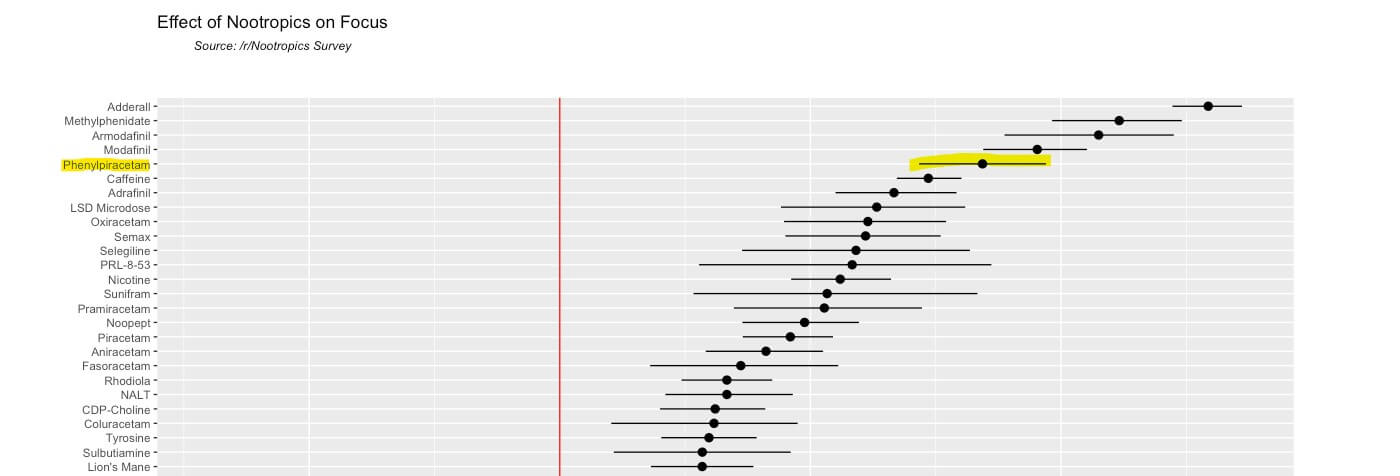
Current studies show a multitude of phenylpiracetam benefits. Many of the studies look at more longer-term effects (over one month). But since we are still in the early phase of research, we don’t understand exactly how effective phenylpiracetam is.
May Improve Memory
Available research shows that phenylpiracetam improves memory test scores in patients with asthenia (an abnormal lack of energy) and chronic fatigue syndrome. [*][*] Another study, done in animals, shows the positive effects of phenylpiracetam on memory in rats with memory loss. [*]
While both studies show potential memory benefits, it is too early to conclude if phenylpiracetam enhances the memory of healthy individuals. We simply lack studies to confirm that. Until then, I don’t recommend supplementing phenylpiracetam if your goal is to enhance memory. Luckily, we have much better memory nootropics available on the market.
May Speed Up Brain Recovery
Phenylpiracetam is a cognitive enhancer, but it seems to work only in people who suffer from cognitive decline. One prospective cohort study of 99 patients with brain disease shows that phenylpiracetam did improve their cognitive function and memory. It did that in just a month of treatment. [*]
Yet another quality study (double-blind, randomized controlled trial) in 400 stroke patients shows an improved brain activity after one year of supplementing phenylpiracetam. [*]
Lastly, one animal study shows faster recovery and better survival of rats with brain ischemia. [*]
Phenylpiracetam seems to have cognitive-enhancing effects in people who suffered from stroke or have other brain-related issues. Yet, we still lack studies on a healthy population, which would show us if phenylpiracetam can be used as a nootropic.
May Increase Energy
Many users report having more energy after supplementing phenylpiracetam. This may be due to its effectiveness in reducing fatigue. One study of 1170 patients with chronic fatigue syndrome and ischemia reported reduced fatigue and increased energy levels in the patients after just one month of supplementing phenylpiracetam. [*]
Two animal studies reported improved movement, better physical activity, and larger distance traveled by mice given phenylpiracetam. [*][*]
However, it is too early to say what (if any) effects phenylpiracetam have on the energy level in a healthy population.
May Help With Seizures
Using phenylpiracetam with anti-seizure medications for two months significantly decreased seizures compared to using anti-seizure medications alone. [*] Another double-blind, randomized controlled trial in 90 seizure patients shows similar results. [*]
If you suffer from seizures or epilepsy, consult your doctor about the use of phenylpiracetam or phenotropil.
Other benefits
Here are a couple of less researched effects of phenylpiracetam:
- It may reduce blood sugar levels and body fat mass in obese rats. [*] However, we don’t know yet if phenylpiracetam has any metabolic effects on people.
- It may enhance the immune system of animals. A couple of animal studies show improvements in immune response in otherwise unhealthy animals. [*] Again, we lack human studies to see if racetam with the added phenyl group improves the immune system in humans as well.
As you can see, there are many specific and quality studies showing the phenylpiracetam benefits. Yet, we lack a couple of quality trials in a healthy population to see if supplementing phenylpiracetam is effective and safe. Until then, I don’t recommend using this nootropic.
Phenylpiracetam Dosage
Phenylpiracetam is available in capsule and powder form designed for oral intake. This nootropic drug is taken at a dosage of 100-200 mg acutely, which you can take up to three times per day. The total daily amount should not exceed 600 mg.
Based on the available research, we don’t know the optimal daily dosage, nor do we know if high doses are more effective than low doses.
You should get some medical advice if you decide to supplement phenylpiracetam. As a precaution, I suggest you start supplementing a lower dosage and slowly build it up if necessary.
Phenylpiracetam Side Effects
Phenylpiracetam seems to be safe and non-toxic, according to available data. However, since this is a relatively new and underresearched nootropic, you need to be even more careful with it. There are many dangers of supplementing underresearched nootropics, especially if you combine them with drugs.
The following phenylpiracetam side effects have been reported so far:
- Irritability – phenylpiracetam and piracetam can cause sensory overload, which leads to irritability [*]
- Increased anger – one of the research shows that supplementing phenylpiracetam may lead to increased anger and aggressiveness [*]
Phenylpiracetam may also cause the following side effects:
- Nervousness
- Headaches
Phenylpiracetam Half-Life
Phenlypircatem has a half-life between 3 to 5 hours. This means your body needs about 6-10 hours to remove phenylpiracetam from the body. [*] To minimize the risk, do not take phenylpiracetam daily.
Phenylpiracetam Stack
I am a big fan of stacking nootropics to enhance their potency. But should you stack phenylpiracetam? Based on my research, most users stack phenylpiracetam with one of the followings nootropics:
- Citicoline or Alpha GPC: Citicoline and Alpha GPC are choline sources known to enhance the brain’s acetylcholine levels.
- L-theanine: L-theanine is an amino acid that provides relaxed alertness, and it may balance some of the side effects of phenylpiracetam.
- Sulbutiamine: Sulbutiamine is synthetic B1 vitamin used for enhancing focus, memory, and motivation. Stacking sulbutiamine with phenylpiracetam could make the effects of phenylpiracetam more manageable.
- Rhodiola Rosea: Rhodiola Rosea is an adaptogen herb that reduces fatigue and anxiety. It may work well with phenylpiracetam due to its potency.
There are no clinical trials of stacking phenylpiracetam with any of the nootropics available. However, since phenylpiracetam is currently used in at least one country (in Russia as Phenotropil), short-term use is probably safe for healthy individuals.
Phenylpiracetam Reviews
What do users say about this nootropic supplement? Well, based on my research, some people seem to experience great effects, while others suffer from adverse side effects.
Here you can read a couple of reviews from users:
“I’ve been using nootropics for over 15 years. This was a new kind of *racetam I hadn’t tried. Glad a gave it a go, this is now my new favorite *racetam. I’ve tried them all.”
“Within 15 minutes of taking this I had pretty intense heartburn After an antacid I had a sensation of being buzzed but not necessarily in a good way. Never felt like it improved my concentration. This may work ok for some people it just didn’t for me.”
“It made me very focused yet stripped me of all emotion. People said I was behaving like a robot. I had to detox just to get my emotional mind back.”
Where Can You Buy It?
Many online stores, including Amazon, sell phenylpiracetam in capsules or powder form. However, due to the lack of clinical trials, safety information, and tolerance reports, I currently do not suggest supplementing this compound.
Verdict
Phenylpiracetam is a legal substance in the US and one of the most researched racetams on the market. It seems to enhance cognition, focus, attention, and memory at low doses. It is especially effective in people who suffer from cognitive decline. However, we don’t understand its effects on healthy people, nor do we know if it is safe for long-term use.
It is definitely one of the compounds to look at in the future, but I don’t recommend supplementing it until we know more about it.
There are far better, more researched, and safer nootropics on the market.
Frequently Asked Questions
How To Take Phenylpiracetam?
The suggested phenylpiracetam dosage is 100 mg to 200 mg per day. You can take up to three doses a day. I suggest you start with a lower dose and slowly increase it if necessary.
How Long Does Phenylpiracetam Last?
The effects of phenylpiracetam last from 2-6 hours, but it depends from person to person. It takes about 30-60 minutes to feel the effects.
Is Phenylpiracetam Legal?
Yes, phenylpiracetam is legal in many countries, including the US and Russia.
How Does It Make You Feel?
Based on the anecdotal data, phenylpiracetam works as a stimulant. It feels similar to a strong cup of coffee, but its mechanism of action is completely different. You feel a moderately strong energy kick that lasts for a couple of hours. Some people can tolerate it well, while others feel too nervous and anxious. Be careful if you decide to supplement it.
Does It Help People With ADHD?
No, there are no studies that show the positive effects of phenylpiracetam on ADHD or ADD. If you have ADHD, consult your psychiatrists before supplementing this nootropic compound.
